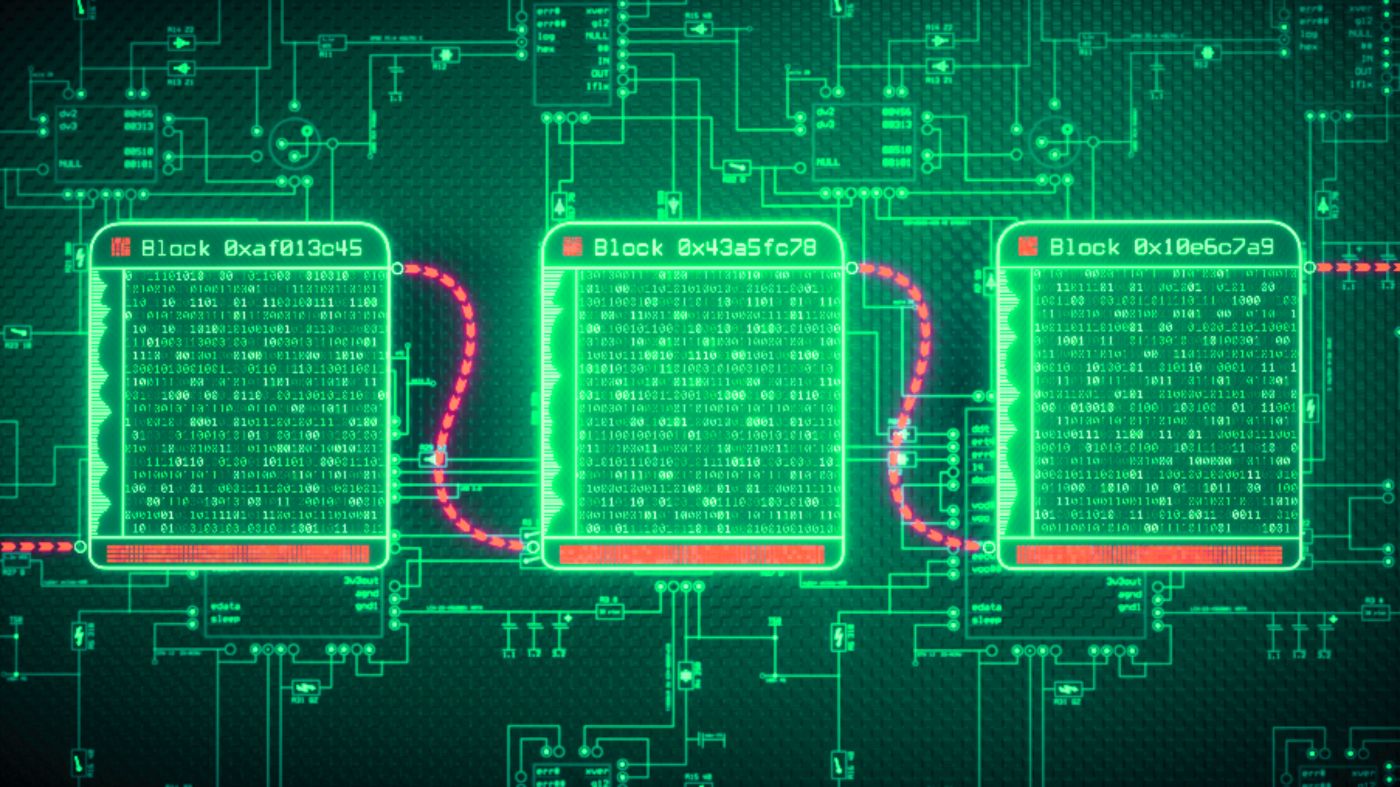
Oracles are an important innovation in the blockchain industry, making it possible for real-world data to interact with blockchain-based protocols. Here’s a look at some four different oracle networks in the decentralized oracle space and how they work. The first oracle platform is Chainlink, it works as an intermediary to transfer data between non-blockchain platforms to smart contracts. The ORAI token is governed by the platform’s native token, and it powers the ecosystem by compensating users who participate in the network.
Gabriel Mangalindan
Into tech, AI, startups and blockchain
Oracles are an important innovation in the blockchain industry, making it possible for real-world data to interact with blockchain-based protocols.
Here’s a look at four different blockchain oracle platforms.
Chainlink
Chainlink is an oracle network that bridges real-world data to blockchain networks via smart contracts. It works as an intermediary to transfer data between non-blockchain platforms to smart contracts. Essentially, the platform takes real-world data (i.e., real-time price data captured via an API) and moves it to smart contracts on the blockchain (a Defi protocol, for example).
All of this takes place on the LINK network, the decentralized oracle ecosystem on which the platform is based. LINK is the platform’s native token, and it powers the ecosystem by compensating users who participate in the network, for example, as a data provider. Chainlink is the first oracle platform in the blockchain space and has integrated with over 475 protocols, including Defi projects and node operators.
QED
QED is a decentralized oracle system that, like Chainlink, brings real-world data onto the blockchain. The protocol aims to create a trustless ecosystem by spreading data points across many organizations and modeling the blockchain network. The protocol uses external collateral without relying on a native token, avoiding issues like the collapse seen with Terra (LUNA).
The oracle protocol uses an incentive model with the aim of optimizing returns for users in the network. This helps improve both the ecosystem’s health and the token’s value. In addition, the protocol doesn’t work with Oracles who have a history of doing bad work. Instead, it directs fees toward Oracles who have a history of being accurate and trustworthy. Lastly, the platform’s token ensures that the network has a decentralized billing facility to prevent malicious actors from working together to defraud the network.
Oraichain
Oraichain is a blockchain and data oracle platform focusing on smart contracts and artificial intelligence API aggregation and integration. The platform also transmits data to decentralized applications by using Artificial Intelligence and smart contract technology.
Transaction times on the network are fast due to its delegated proof of stake (dPoS) algorithm. The platform is governed by the ORAI token, which functions as gas for transaction fees as well as payment for data requests on the network. Artificial Intelligence used on the network is peer-reviewed regularly to assess its quality.
In addition, AI suppliers must pass test cases sent by data enquirers. The suppliers must first pass the test case before receiving payment to source the actual data request. This is done with the idea of improving the accuracy of AI models used on the network.
BAND Protocol
BAND Protocol functions as a decentralized cross-chain oracle, making it possible for smart contracts to acquire data from any API or other external data source efficiently and reliably. Essentially, it is software intended to incentivize users to send data from the real world to decentralized apps operating on blockchains.
The protocol initially went live on the Ethereum network before building its own Cosmos-based blockchain network. The platform has a system of validators who are selected based on the number of BAND tokens they hold. Once selected, the validator can verify and add new transactions to the BAND network. Similar to Chainlink, they plan to reconcile real-world data with blockchain-based protocols and applications.
Conclusion
We’ve looked at four different oracle networks in the blockchain space and how they work.
This news is republished from another source. You can check the original article here



